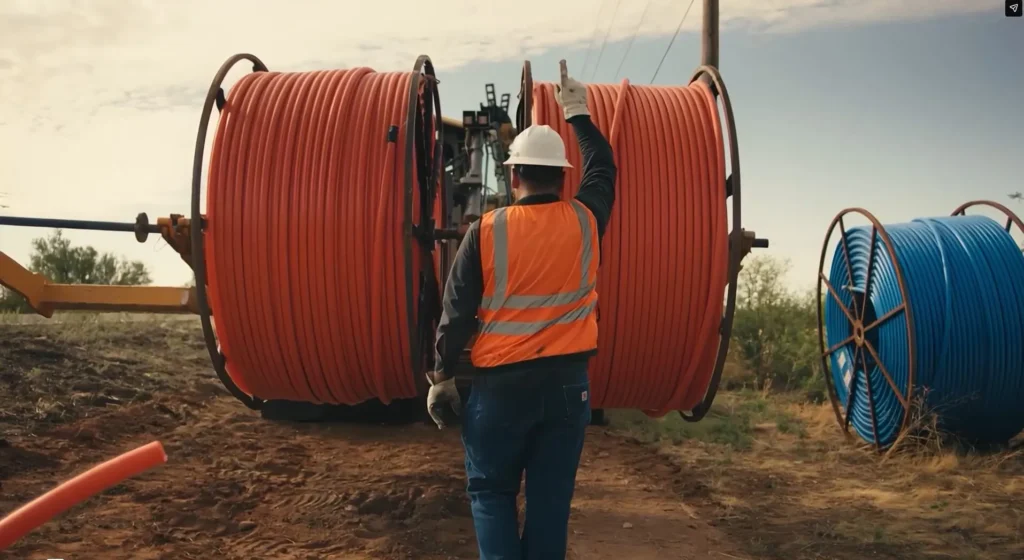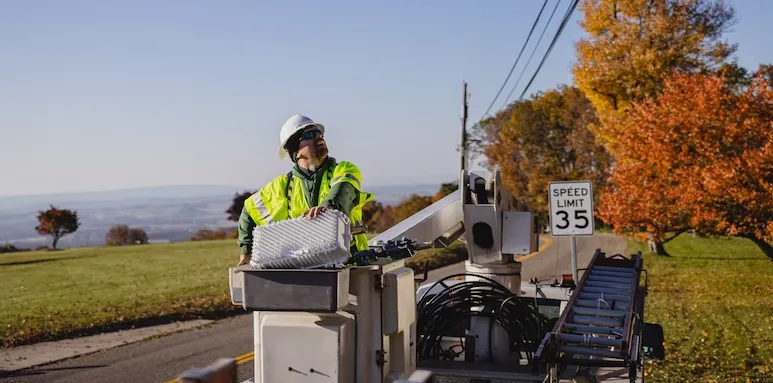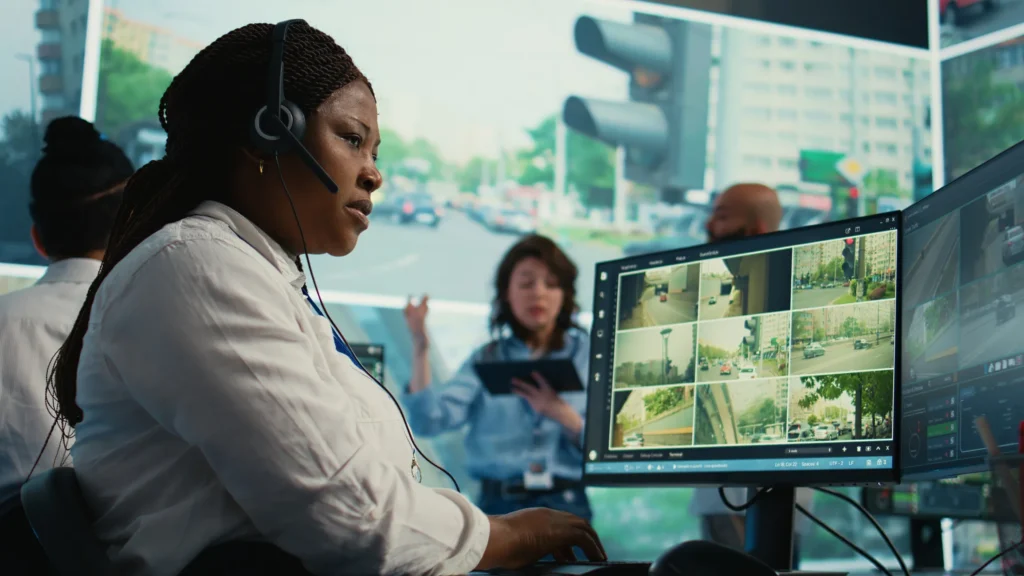Imagine going to school and conducting a virtual chemistry experiment with lab scientists 3,000 miles away. Or coexisting in a virtual meeting space with colleagues who, instead of dialing into a video conference call, can feel as though they are working together in the same room. In the latest video from CableLabs’ Near Future series, light field displays are featured prominently and viewers get a peek into how people will interact with media in the future and how it will impact the future of education. Arianne Hinds, principal architect and futurist at CableLabs, gave NCTA insight into where this technology stands now, how a robust and fast broadband network will help bring the experience to users, and the role that the technology will potentially play in consumers’ lives–which extends beyond education.
The research behind light field displays is still in its infancy, but the demand to have this technology has always been around. “There’s been a long push for the ability to experience visual communication in a way that’s natural to how the human visual system processes visual information,” said Hinds.
“Customers want to experience visual communication and entertainment in a way that matches what we see in the real world,” said Hinds, and this is where the light field display comes in. A light field display would recreate a 3D experience without glasses, and in a far more advanced way than the world has even seen. Today’s common camera technology, like cell phones, can only capture rays of light on a flat sensor from a single point of view, thus creating the 2D experience that consumers know. Instead of a flat representation, the light field display would take telepresence to another level by acting as a “window” for users to feel as if long distance-colleagues, doctors, students, or peers are right there on the other side.
Keep in mind that this experience moves beyond video. Light field displays are all about representing the 3D geometry of all the objects in a scene, which requires much more data than 2D video. “This type of technology has the ability to replace any 2D screen,” said Hinds.
She added, “It’s more like what you would get with a game engine.” Take a scene from a TV show or movie. Instead of delivering individual video frames, a light field display will require the network of the future to deliver entire scenes, and those scenes are no longer tied to a particular timeline (in the way that video delivers frames per second). “With light field displays you have to worry about capturing the environment and separating out what’s going to be static, or what will move slowly versus what will move quickly in that environment,” said Hinds. The light field display would also support interactivity, giving a user the ability to navigate to different parts of a scene.
According to Hinds, there are a couple of vendors that have created small prototypes which are able to produce a hologram in front of the display. “We believe that given this existence and proof, and our understanding of how they are planning to turn that small prototype into a bigger display, that this is all doable. The physics are there. We’re not sure about the costs yet, but there are plans to eventually make this commercially available,” said Hinds.
Given the work that is underway, CableLabs is already in the midst of figuring out how to deliver this experience over a cable network in the future. “This is something we believe the cable industry will be able to support, and we’ll leverage all of the innovations we have made for DOCSIS,” said Hinds. “We believe cable is the connector between the ability to create this content and the displays that will deliver it.”
CableLabs is in the process of identifying use cases for the displays, looking into the data format requirements, writing the specifications, collaborating with various players in this space and taking steps towards making this future experience realized over America’s broadband networks. “We are in the early stages of all this, but we’ve seen enough development of this technology in the broader ecosystem that it’s time to get our cable networks prepared,” said Hinds.









